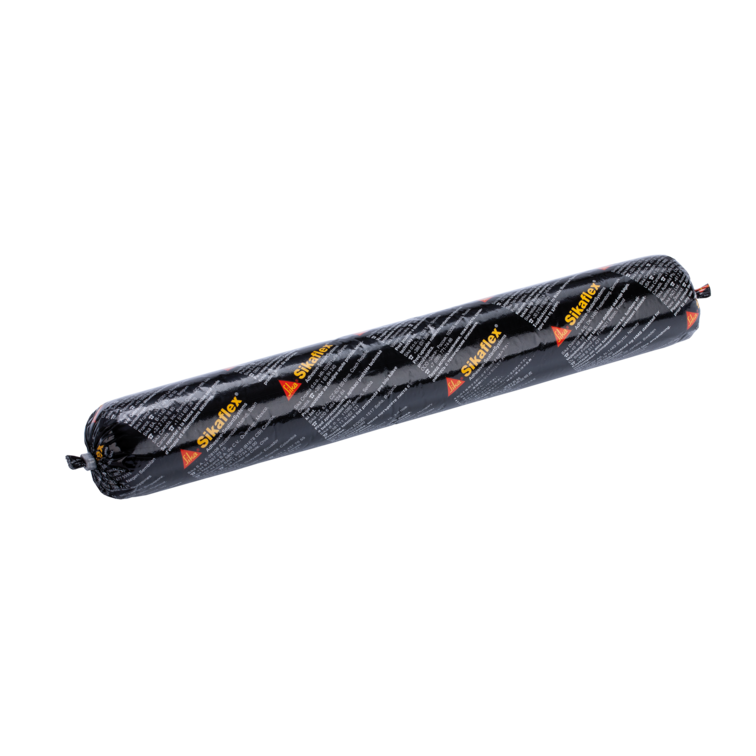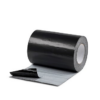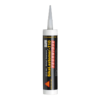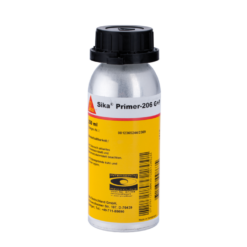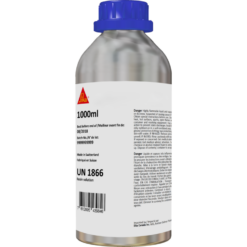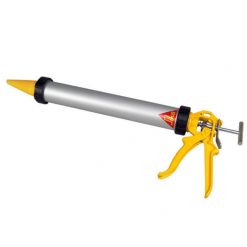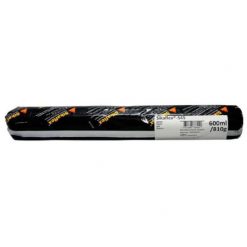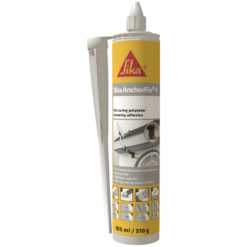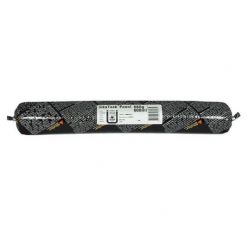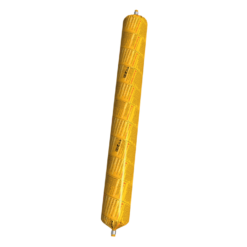Sikaflex 545 – white (557109) – 20pcs/box
£309.20 +VAT
Packaging
| Unipack | 20×600 ml |
Sikaflex 545 is a low-emission 1-component Silane Terminated Polymer (STP) assembly adhesive. It has a unique high initial grab, load capacity, and excellent workability. It bonds well to a wide range of substrates with minimal pre-treatment.
- Powerful initial grab
- Very low emission
- Bonds well to a wide variety of substrates without the need for special pre-treatments
PRODUCT BENEFITS
- Powerful initial grab
- Very low emission
- Bonds well to a wide variety of substrates without the need for special pre-treatments
- Excellent workability
- Free of isocyanate, solvent and phthalate
- Meets highest EHS standards
- EC1 certificate
Usage
Sikaflex®-545 is specially designed for applications which require a very high initial grab and a broad adhesion range. Suitable substrate materials include timber, glass, metals, metal primers and paint coatings (2-part systems), ceramic materials and plastics. Seek the manufacturer’s advice and perform tests on original substrates before using Sikaflex®-545 on materials prone to stress cracking.
Sikaflex®-545 is suitable for experienced professional users only. Tests with actual substrates and conditions have to be performed, ensuring adhesion and material compatibility.
Typical Product Data
| Chemical base | Silane Terminated Polymer | |
| Colour (CQP001-1) | White | |
| Cure mechanism | Moisture-curing
|
|
| Density (uncured) | 1.4 kg/l | |
| Non-sag properties (CQP061-1) | Excellent | |
| Application temperature | ambient | 5 ─ 40 °C |
| Skin time (CQP019-1) | 15 minutes A
|
|
| Open time (CQP526-1) | 10 minutes A
|
|
| Curing speed (CQP049-1) | (see diagram) | |
| Shore A hardness (CQP023-1 / ISO 48-4) | 45 | |
| Tensile strength (CQP036-1 / ISO 527) | 2.5 MPa | |
| Elongation at break (CQP036-1 / ISO 527) | 400 % | |
| Tear propagation resistance (CQP045-1 / ISO 34) | 7 N/mm | |
| Tensile lap-shear strength (CQP046-1 / ISO 4587) | 1.5 MPa | |
| Service temperature (CQP509-1 / CQP513-1) | -50 ─ 90 °C
|
|
| Shelf life | Cartridge / Unipack Pail / Drum
|
15 months B 9 months B
|
| CQP = Corporate Quality Procedure | A) 23 °C / 50 % r.h. | B) storage below 25 °C |
Surface Preparation
Surfaces must be clean, dry and free from grease, oil and dust. Surface treatment depends on the specific nature of the substrates and is crucial for a long lasting bond. Suggestions for surface preparation may be found on the current edition of the appropriate Sika® Pre-treatment Chart. Consider that these suggestions are based on experience and have in any case to be verified by tests on original substrates.
Application
Apply the adhesive with a suitable caulking gun. Take care to avoid air entrapment in the joint.
Sikaflex®-545 can be processed between 5 °C and 40 °C but changes in reactivity and application properties have to be considered. The optimum temperature for substrate and sealant is between 15 °C and 25 °C.
Consider that the viscosity will increase at low temperature. For easy application, condition the adhesive at ambient temperature prior to use.
To ensure a uniform thickness of the bondline it is recommend to apply the adhesive in form of a triangular bead (see figure 1).
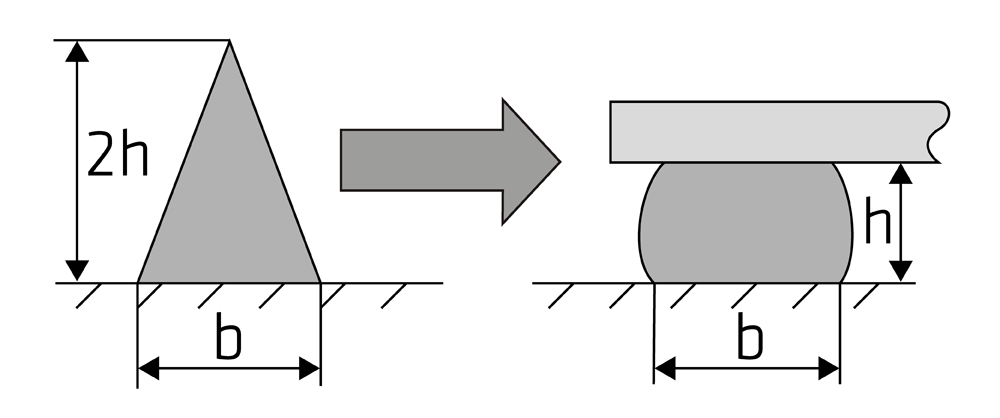
Figure 1: Recommended bead configuration
Sikaflex®-545 can be processed with manual, pneumatic or electric-driven piston guns and pump equipment. The open time is significantly shorter in hot and humid climates. The parts must always be installed within the open time. Never join bonding parts if the adhesive has built a skin.
Tooling and finishing
Tooling and finishing must be carried out within the skin time of the adhesive. It is recommended to use Sika® Tooling Agent N. Other finishing agents must be tested for suitability and compatibility prior the use.
Removal
Uncured Sikaflex 545 can be removed from tools and equipment with Sika Remover 208 or another suitable solvent. Once cured, the material can only be removed mechanically.
Hands and exposed skin must be washed immediately using hand wipes such as Sika® Cleaner-350H cleaning towels or a suitable industrial hand cleaner and water.
Do not use solvents on the skin.
Overpainting
Sikaflex®-545 can be best painted within the skin formation time. If the painting process occurs after the sealant has built a skin, adhesion could be improved by treating the joint surface with Sika® Aktivator-100 or Sika® Aktivator-205 before the paint process. If the paint requires a baking process (> 80 °C), the best performance is achieved by fully allowing the sealant to cure first. All paints have to be tested by carrying preliminary trials under manufacturing conditions. The elasticity of paints is usually lower than that of sealants. This could lead to cracking of the paint in the joint area.
Related products
Sika Products
Sika Products
Sika Products
Sika Products
Sika Products
Sika Products
Sika Products

